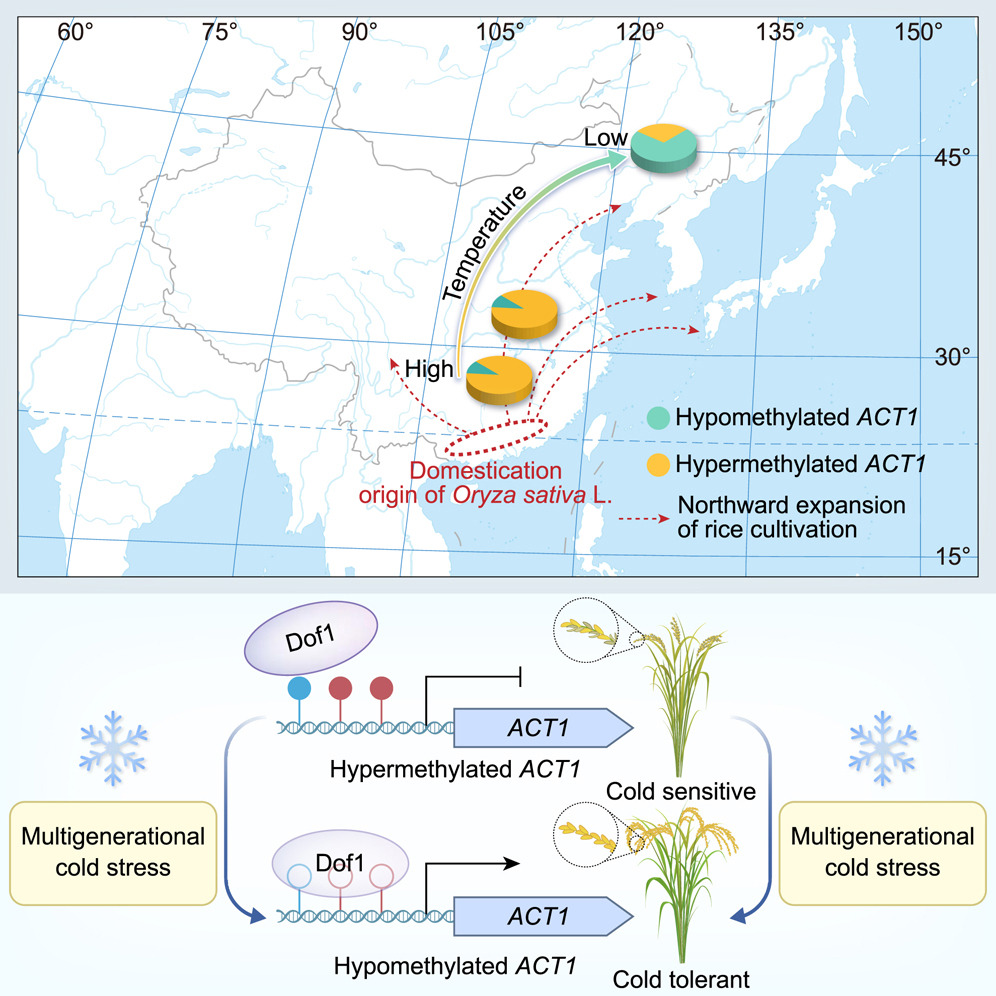
Transgenerational epigenetic cold tolerance in rice
Plant Science Research WeeklyAs rice has expanded northwards from its center of origin, it has been exposed to deeper and longer periods of cold. Male fertility is particularly sensitive to cold. Song et al. designed a clever strategy to study mechanisms of cold tolerance. They subjected meiotic-stage cold-sensitive rice varieties…

Review: Lost in translation – lessons from concepts that don’t translate from Arabidopsis
Plant Science Research WeeklyThe May 2025 issue of The Plant Cell has a focus on Arabidopsis and how this simple model plant has had an outsized impact on our understanding of pretty much everything botanical (and beyond). Alongside several articles highlighting this impact, this review by Roeder et al. features eight short vignettes…
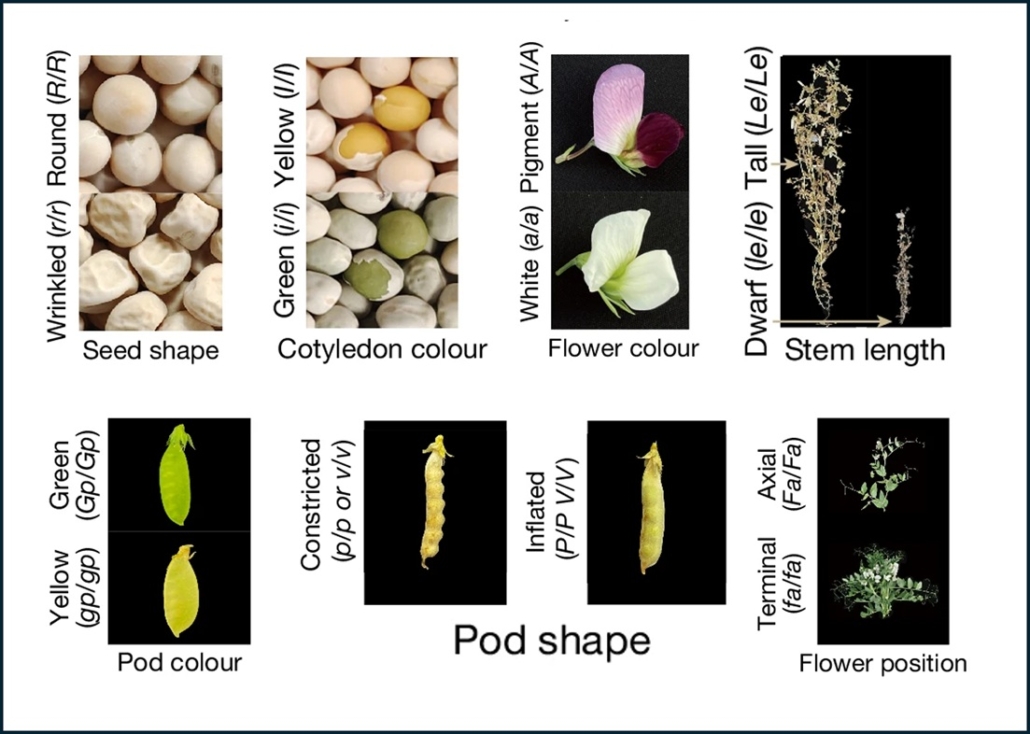
Identification of the final set of Mendel’s pea genes
Plant Science Research WeeklyWe can be assured that every biology student is exposed to plants at least once, when they learn about the genetic laws that Mendel formulated from his studies on peas. His classic work focused on seven traits that exhibited simple dominant-recessive characteristics, such as seed color and shape and…

Review: Celebrating 150 years of Arabidopsis genetics
Plant Science Research WeeklyThe first known report of an Arabidopsis thaliana mutant appeared approximately 150 years ago (1873). In the intervening years, Arabidopsis has become an essential model for plant genetic research, driving groundbreaking discoveries across multiple disciplines. In a recent review, Yaschenko et al. provide…
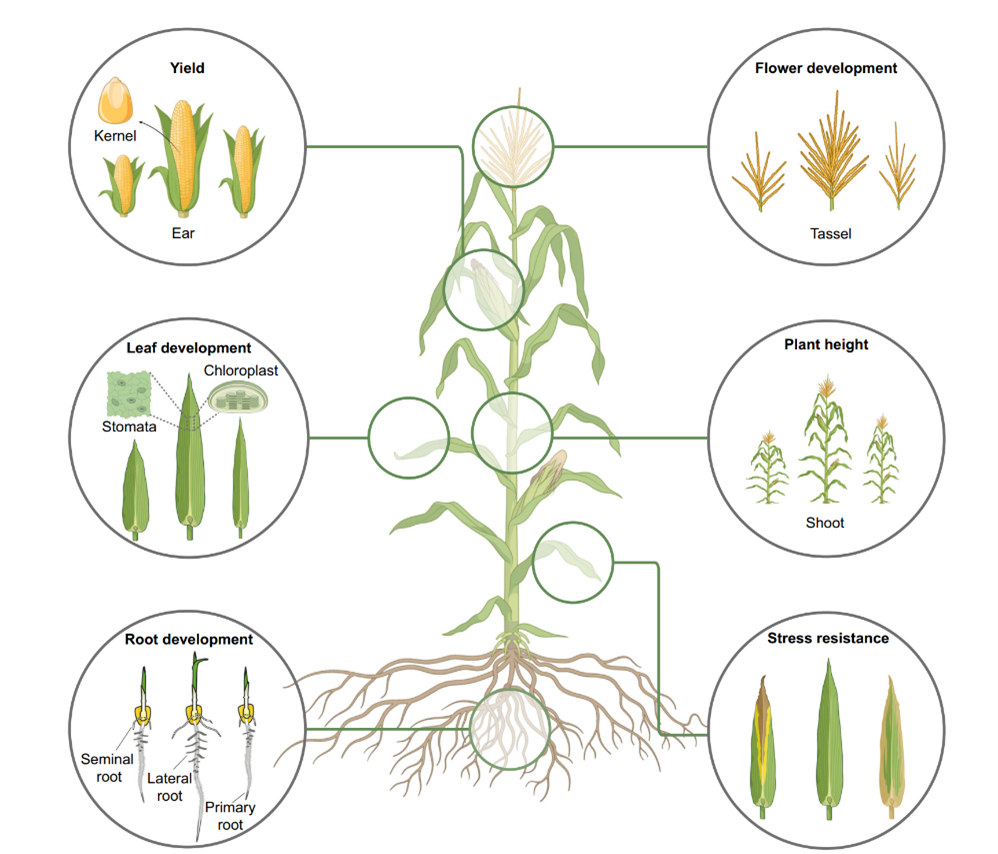
Review: Molecular concepts to explain heterosis in crops
Plant Science Research WeeklyHeterosis, the phenomenon where hybrid plants outperform their genetically distinct parents, is a cornerstone of modern agriculture. This review by Hochholdinger and Yu explores the molecular mechanisms behind heterosis. The review traces the history of heterosis, from its early discovery in tobacco…
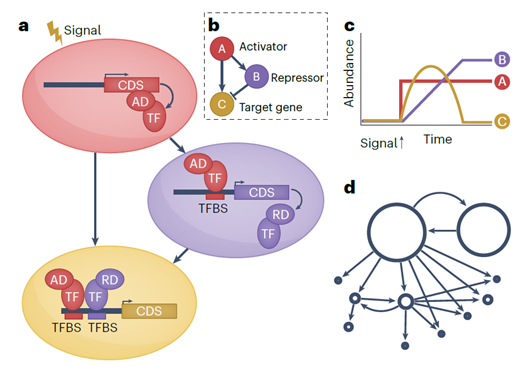
Review: Defining and rewiring of gene regulatory networks for plant improvement
Plant Science Research WeeklyMuch of the focus of functional genomics studies in plants is to improve yield, disease resistance, abiotic stress tolerance and nutritional quality. Many desirable traits are controlled by sets of genes that are coordinated in a complex network, called a gene regulatory network (GRN). A transcription…

A kinase fusion protein from Aegilops longissima confers resistance to wheat powdery mildew
Plant Science Research WeeklyThe obligate biotrophic pathogen Blumeria graminis f. sp. tritici (Bgt) is the cause of wheat powdery mildew, a foliar disease that results in significant yield loss in most wheat-growing regions across the globe. This research focuses on the identification and functional analysis of the powdery mildew…
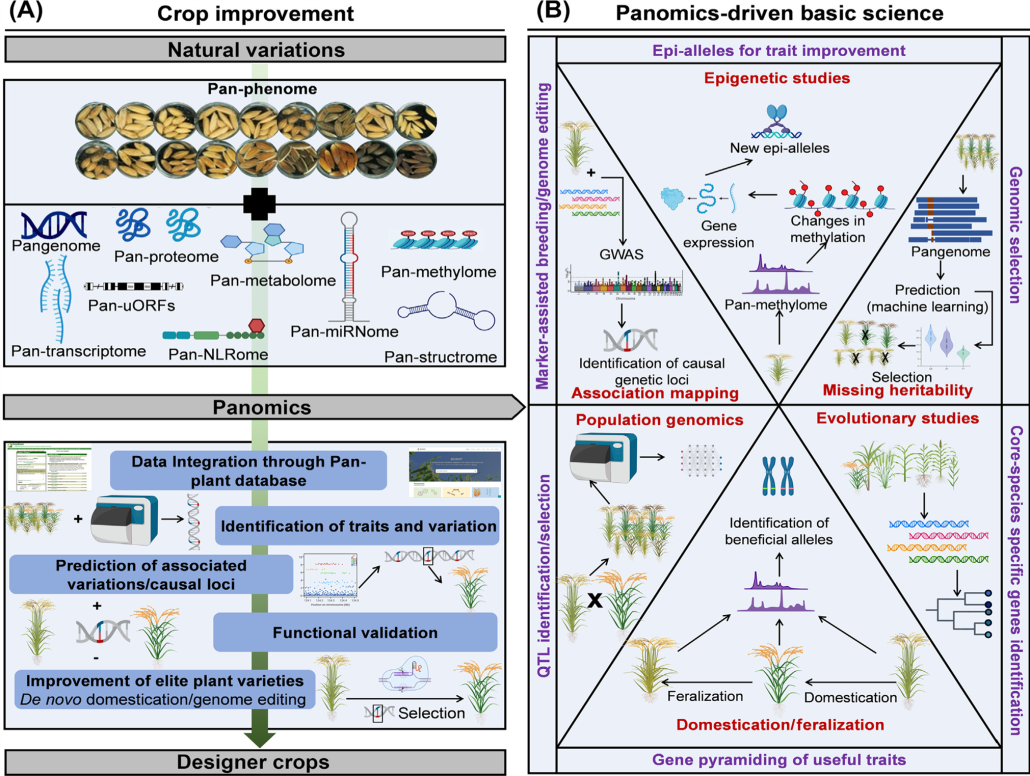
Review: The era of panomics-driven gene discovery in plants
Plant Science Research WeeklyPanomics, an approach integrating multiple ‘omics’ datasets such as genomics, transcriptomics, metabolomics, and phenomics, has seen rapid advancement in recent years due to technological improvements, particularly in genomics. This review focuses on the recent developments in panomics-driven gene…

Herbivore-deterring trichomes persist with the help of Woolly and Get02
Plant Science Research WeeklyType-IV glandular trichomes, which produce acylsugars, are effective deterrents against herbivory in Solanum, but they only persist in the juvenile stage of the cultivated tomato (S. lycopersicum). Therefore, these trichomes serve as a marker for the transition from juvenile to adult phases in developmental…

